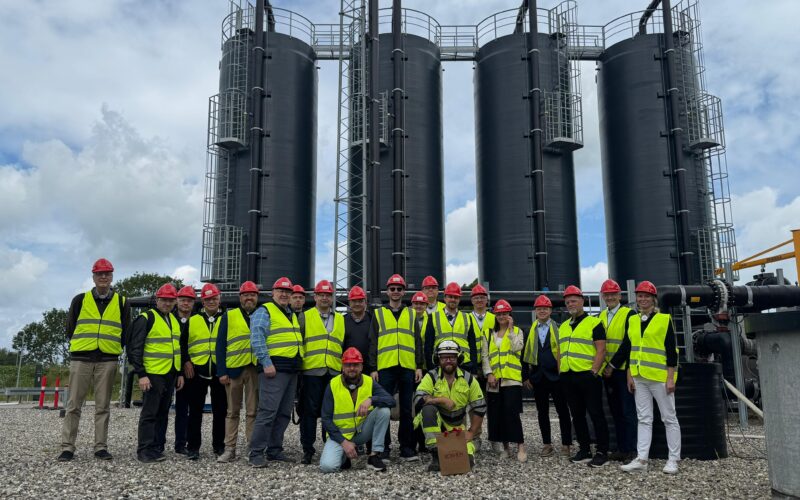Digestate post-treatment methods and derived products
The simplest way to use “raw” digestate as an organic fertilizer or soil improver is to apply it directly to the fields without any pre-treatment. However, such practices have a number of disadvantages and limitations and are therefore not common.
Biogas plantstypically operate continuously throughout the year, necessitating the accumulation of digestate for the periods between autumn and spring applications onto thefields. Prolonged storage in leaky reservoirs (lagoons) leads tothesolidssedimentationanditsaccumulation. Increasing the mass of “undigested” organic substances while long-term storage of digestate proportionally increases the emissions of methane greenhouse gas into the atmosphere(up to 5-10% of its potential in raw materials).Furthermore, given the relatively high content of coarse solids in the “raw” digestate, there are technical limitations on its distribution into soils, in fact leaving room only for surface splashing or spilling. At the same time much of readily available nitrogen for plants nutrition is being lost, and unpleasant odors are spread over large areas. Thus, pre-treatment of the “raw” digestate is, in most cases, necessary.
Prepared by: Petro Kucheruk – Member of the Expert Council of the Bioenergy Association of Ukraine for the platform of sustainable agribusiness SAF Ukraine.
The Bioenergy Association of Ukraine since 2019 is a partner of the platform of sustainable agribusiness SAF Ukraine.


